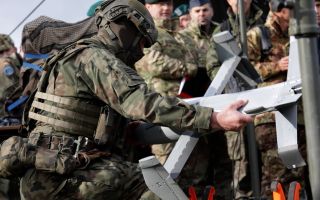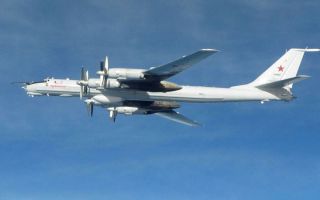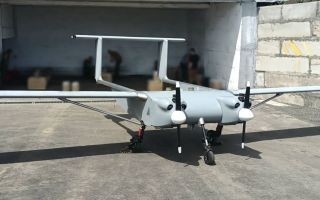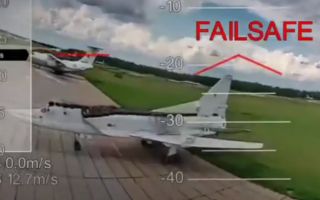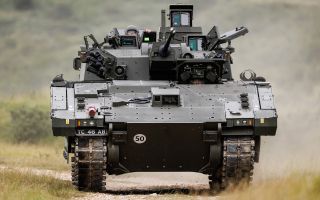Ukrainian tanks face increasing threat from 'Putin's vulture' attack helicopter
As Ukrainian tanks advance toward Russian defences, they face an increasing threat from Russian attack helicopters.
The Ka-52 'Alligator', often compared to the Apache, can hit targets 10km away – beyond the range of Ukraine's portable air defence systems.
There is such a threat being felt by the Russian aircraft that the Ukrainian media have aptly named it 'Putin's vulture'.
As Kyiv's counter-offensive slowly gathers pace, Russia, according to reports, is deploying more of its Ka-52 attack helicopters to target Ukraine's limited supply of Western armour – including its Bradley fighting vehicles and Leopard 2 tanks.
Military aviation expert Tim Ripley told Forces News that the "Ukrainians have a problem" with their air defence.
He highlighted that Ukraine's air defence was designed to protect cities, "it's not designed to attack helicopters that are very close to the ground and only appear fleetingly for a few seconds while they cruise launch the missiles".
"They sort of pop up above a hill line, above a tree line, fire a missile, and then drop down again."
Mr Ripley added: "So, the Ukrainians are having great difficulty finding these helicopters and targeting them."
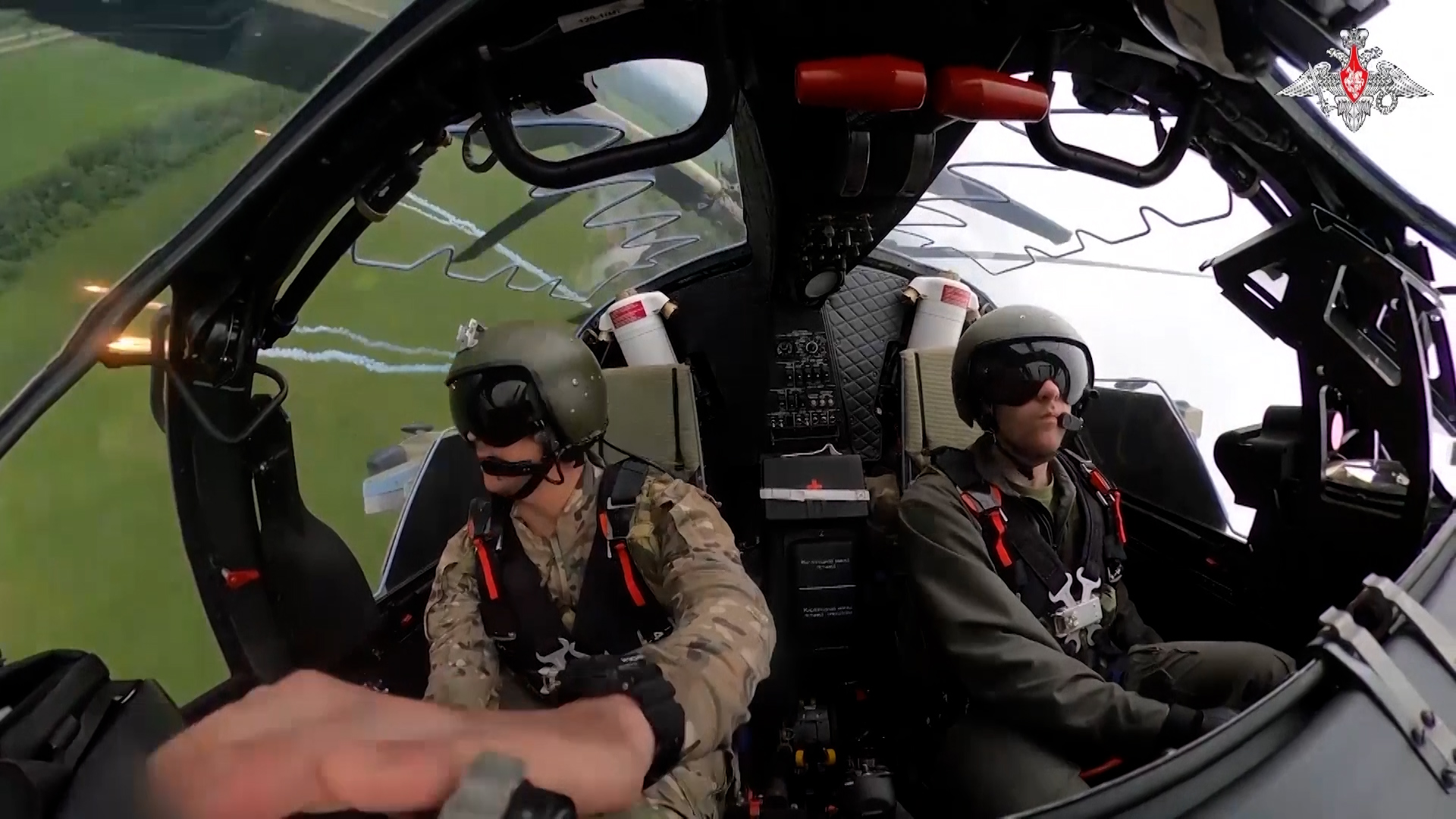
At the start of the war, the Ukranians were on the defensive, with small units ambushing Russian tanks using Nlaw and Javelin missiles.
Now things have changed, with the Ukrainian armour breaking cover and advancing across open countryside, putting them right in the sights of the Russian Alligator aircraft.
Western analysts and Ukrainian officials have long highlighted the role of aviation and Ukraine's lack of air defences at the frontline to deter Russian aircraft.
Ukraine's President Volodymyr Zelensky paid tribute to his forces for continuing to press into Russian-held territory despite Moscow's "air and artillery superiority" following Vladimir Putin's claims that the long-anticipated Ukrainian counter-offensive was failing, with Kyiv suffering "catastrophic" losses.
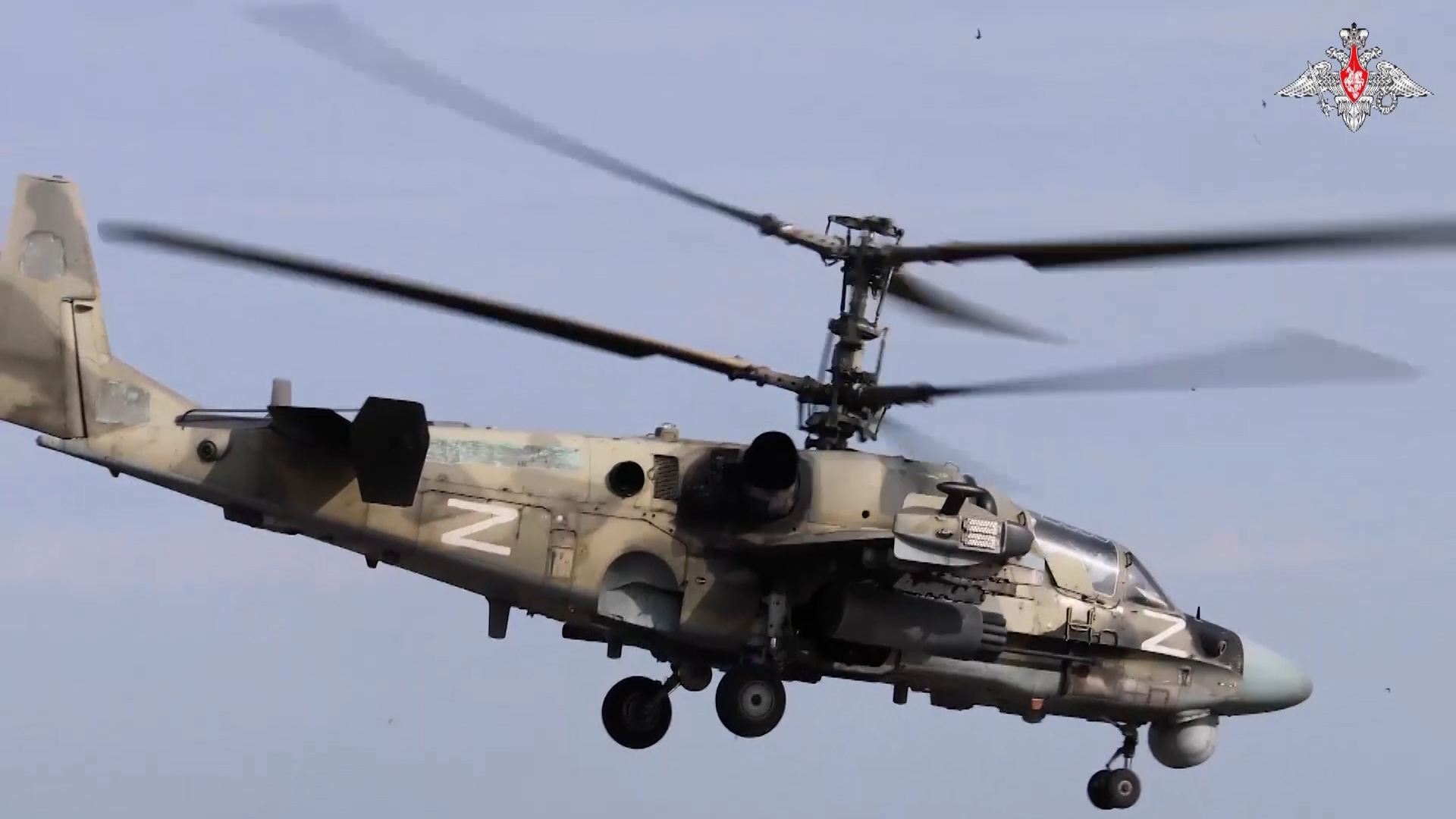
Russia's Ka-52 Alligator effectiveness
Along with the Mi-28, the Alligator is Russia's equivalent to the Apache.
Designed as a long-range all-weather attack helicopter, it can strike both ground and air targets, but it is the Alligator's tank-killing abilities that are causing the Ukrainians the most problems.
It can carry advanced laser-guided anti-tank missiles with a range of six miles.
Mr Ripley highlighted the helicopter's use of night vision, saying: "They use their night vision system to pick up the heat of Ukrainian tanks and then they programme the missiles and they ride a missile beam to the target.
"It's not quite like the GPS-guided bombs that the RAF drop, or even the laser-guided bombs that they drop, this is a very different type of laser-guidance that they pin the target with the laser and then the missile rides the beam."
'No idea they are under attack'
As well as this, it also has a whole range of protection systems that can jam electronics, detect lasers or warn of approaching missiles, which makes it hard to counter.
Mr Ripley added: "We're talking between five and 10km range, this is the distance where the people on the ground probably can't even see the helicopter.
"If it's at night, they have no idea they are under attack."
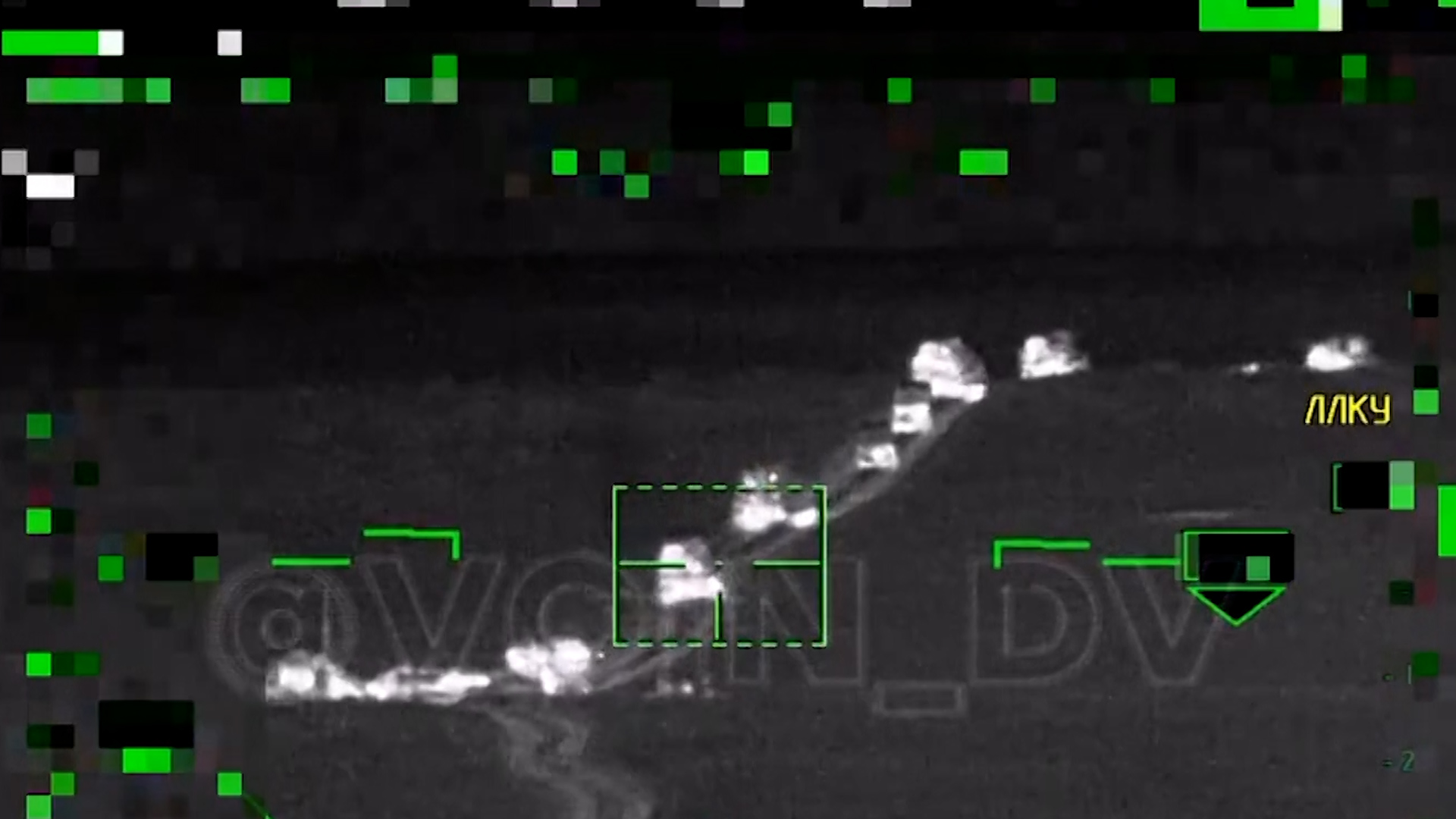
Just like an Apache, the Alligator is crewed by a pilot and a gunner.
It is designed for battlefield survivability, and unusually for a military helicopter, it is fitted with two ejection seats.
Also, rather than a single set of rotor blades, it uses two contra-rotating rotors, which removes the need for a vulnerable tail rotor.
"It means all the power of the engines can propel the helicopter forward, rather than binning the tail rotor which takes some power," Mr Ripley said. "And also it makes the helicopter more survivable.
"Some video came out showing a Ka-52 with its tail fin blown off, but the helicopter still got back to base because it wasn't relying on a tail rotor."
He added: "If that was a conventional helicopter the Manpad (man-portable air defence system) that hit the back of the helicopter would have taken off the tail rotor and the helicopter would have spun into the ground."
The Russians have reportedly sent 20 extra Alligators to Berdyansk airport, which is around 62 miles behind the frontline.
Ukraine now faces the question of whether it can destroy them.
According to the UK Ministry of Defence (MOD), Russia had 90 Ka-52s at the start of the war with 35 reportedly being lost, but that there is enough left to pose a real threat.
With the F-16s unlikely to arrive in Ukraine until late this year at the earliest Kyiv will need to find a way of countering this deadly gunship if it hopes to push its Leopards and Challengers forward without taking significant losses.

